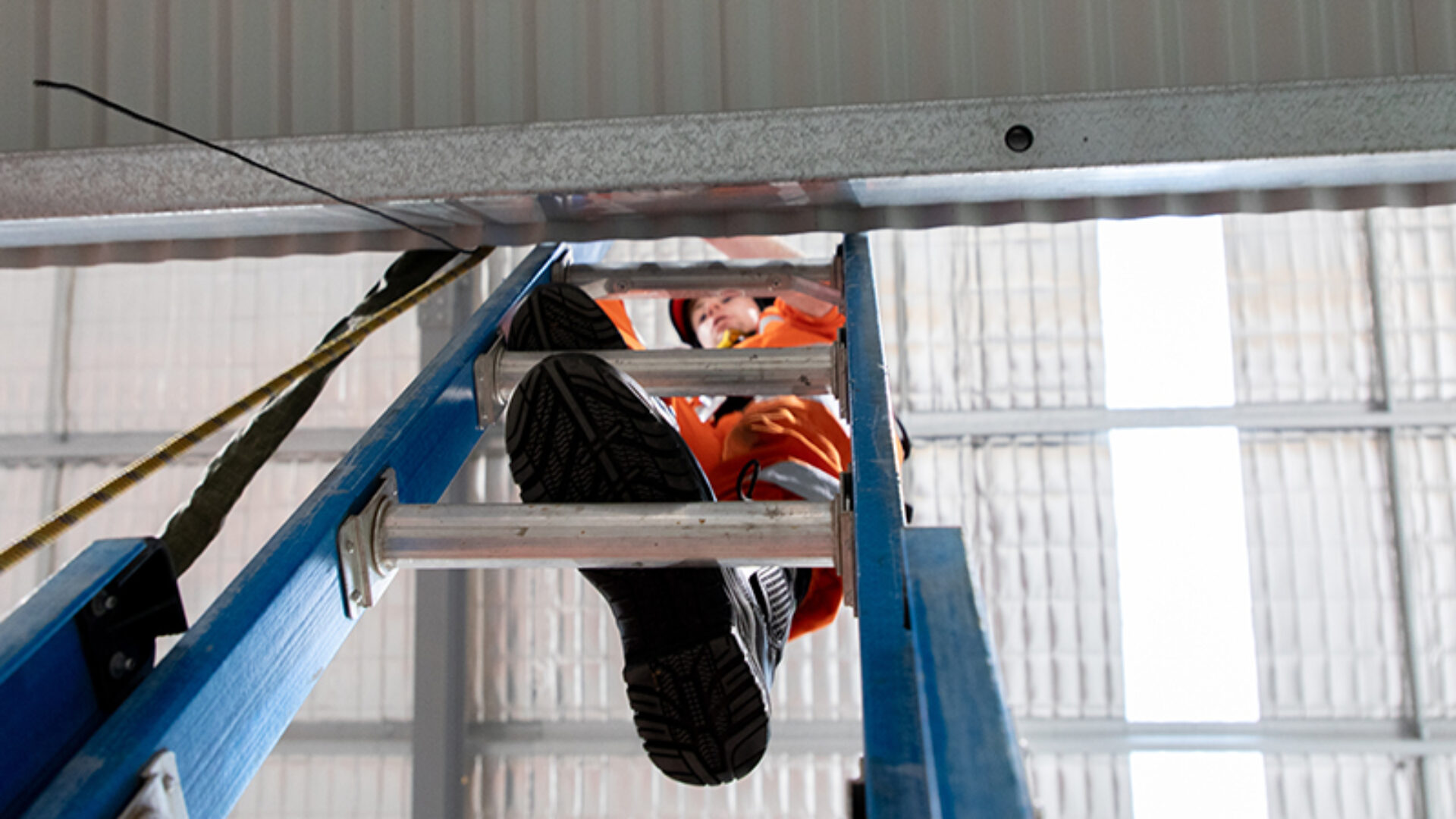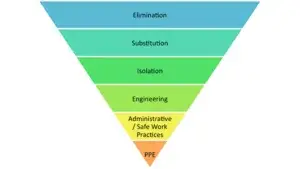It can be a rare occurrence, but sometimes you have no choice but to access your roof at home. Make sure you know how to do so safely.
Not everyone who finds themselves working at heights is doing so because it’s their job. There are plenty of reasons why someone at home on the weekend may find themselves needing to get on their roof.
Sadly, just like at work, falls from height are substantially over-represented in the causes of injury statistics. Staying safe while working at height, and protecting yourself form the risk of a fall, is just as important at home as it is at work.
As ever, the easiest way to protect yourself against the risk of a fall is to not leave the ground in the first place. But just like in some workplaces, there are times where that is simply not possible.
In most cases, you are going to end up using a portable ladder.
Setting up your ladder
The typical way most of us work on roofs at home is by using a ladder. You prop it up against the roof edge and away you go. But are you being safe?
There are a couple of things you really should be aware of to help minimise the risk of falling while using a portable ladder.
First, always inspect your ladder before you use it. Even the best ladder can corrode if not looked after properly or be damaged from misuse.
When placing your ladder against the roof, you should find a solid part of the roof edge to place it against. Loose guttering may not be able to support the weight of the ladder, especially once you start climbing it.
Same goes for the bottom. Find a firm, flat spot to place it on.
Ensure you use a 4:1 ratio. That is, for every four metres of height you are going up, the foot of the ladder is one metre back from the wall.
Once you start climbing the ladder, you should have a second person on hand to support the bottom. This makes sure that it will not slip out from underneath you.
Test the ladder to make sure that it is firmly in place before you start to climb it.
Using your ladder
The most important thing to remember when using your portable ladder is that you should always maintain three (3) points of contact with it. That means at both your feet on the rungs and at least one hand holding onto the stiles or rungs.
You should not carry tools while you are climbing ladder. Use a tool belt or haul them up in a container separately. Although you only need three points of contact while working on a ladder, it is much safer to have both hands free while manoeuvring up and down.
Having your tools in a container or placed in a tool belt also reduces the risk of them falling and striking someone working underneath or nearby your ladder.
Whilst working on a ladder, you should avoid using tools that require the use of both hands. Using a tool that requires two hands to operate means you are not maintaining three points of contact.
Tools that require significant leverage should also be avoided. Not only do they often require the use of two hands to operate, shifting your weight around on the ladder to gain the leverage advantage can also increase your risk of falling.
Things to watch out for
Your ladder should always be used in the fully open position. Check that all the safety catches are securely locked into position.
It is vital that you do not step above any warning signs on the ladder or stand on the top rung. Portable ladders are designed to provide an amount of extra space to prevent falling forward, over the ladder, so it is important you do not remove that by stepping up too far.
Portable ladders should not be used near any edge, penetration or so that you are working above any existing railing. This reduces the risk of a fall being made even worse by extending the distance over which it could occur. Higher falls often result in increased severity of injuries, or worse.
Accessories to make your ladder safer
To assist you in keeping your portable ladder as safe as possible, there are a range of accessory items available.
Ladder brackets, which are fixed to the roof, provide a firm spot for the ladder to be easily tied onto.
There are also stoppers and other forms of bracing that be used to assist in making the bottom of the ladder more stable and secure.
Always seek advice from an expert
If you are unsure about any aspect of working at heights – either at home or as part of your employment – you should always seek expert advice.
At Height Safety Engineers, we are passionate about protecting people. Our team can answer any height safety question you may have. We can also supply a range of safety equipment for those working at heights, as well as training and full safety systems for commercial and industrial access needs.
Talk to our team on 1300 884 978 or enquiries@heightsafety.net to start your safety journey with your partners in protecting people.





